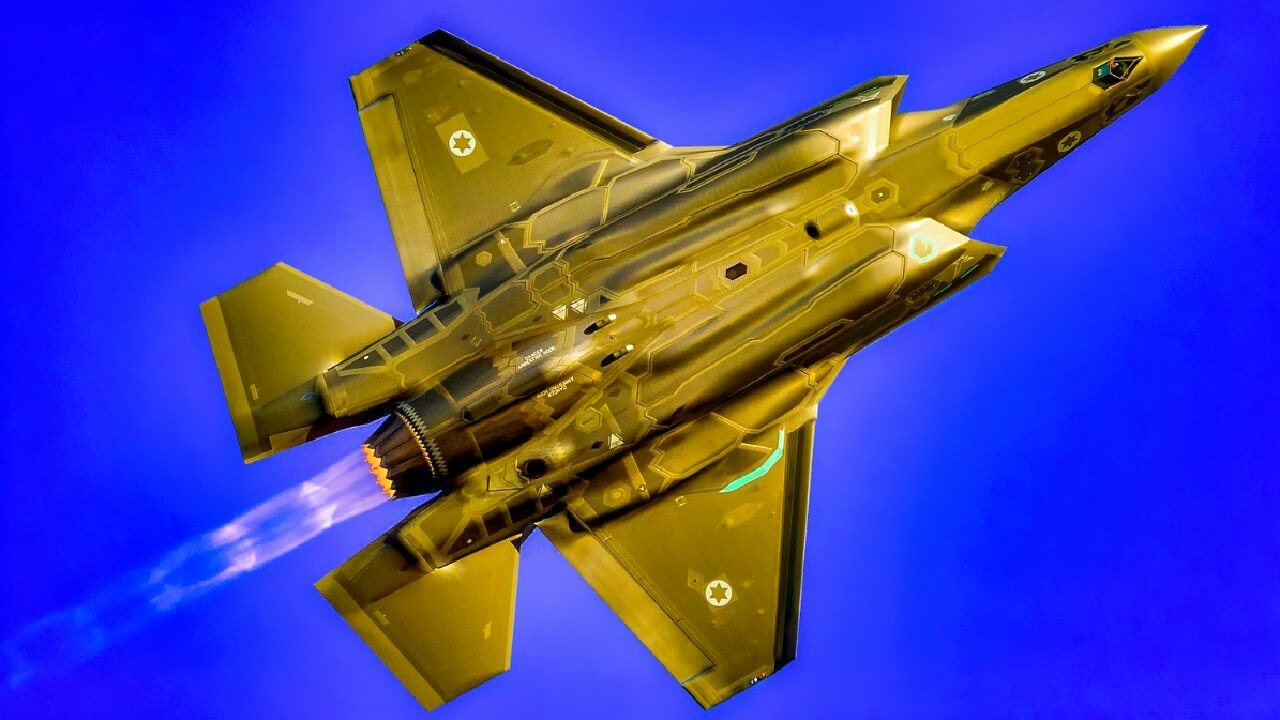Key Points and Summary – Iran’s recent missile barrages against Israel served as a stark “cautionary tale,” demonstrating that even the world’s most sophisticated, multi-layered air defenses can be penetrated.
-According to a Wall Street Journal analysis, Iran successfully exploited “gaps” in Israel’s vaunted systems, with the percentage of missiles slipping through doubling over the course of the 12-day conflict.
-This revelation about the vulnerability of systems like the Iron Dome and Arrow offers crucial lessons for the United States as the Trump administration pushes forward with its own ambitious “Golden Dome” national missile defense shield.
Israel’s Missile Shield Isn’t Perfect
Iran has an aerial defense system, called the Iron Dome, which is considered one of the most sophisticated in the world, alongside other systems such as David’s Sling, THAAD, and the Arrow System.
However, when Iran launched missiles at Israel last month, following Israel’s raids on Iran’s nuclear sites, some missiles got through successfully.
How did they do it? And what does it mean for other countries with similar missile defense systems? The Wall Street Journal looked at that question earlier this week, in an analysis that cited missile defense experts.
The Journal story acknowledges that most of the missiles fired at Israel by Iran were “knocked down,” although Iran did ultimately use “trial and error” to find “gaps” in the Israelis’ air defenses.
“Israel’s recent war with Iran served as a cautionary tale for countries with sophisticated missile defenses and those that seek to have them,” the Journal story said. “Over 12 days, Iran pierced Israel’s defenses with increasing success, showing that even the world’s most advanced systems can be penetrated.”
The changes in tactics included altering the cadence of the attacks while also increasing the “geographic spread” of the launches, the Journal said.
Citing the Jewish Institute for National Security of America, the Journal reported that more missiles were launched as the 12-day war went on.
“In the first half of the conflict, 8% of Iran’s missiles slipped through Israel’s defenses. By the second half of the war, 16% got past Israel’s interceptors,” the report said.
Lessons For Air Missile Defense
“Any missile system, even a sophisticated one like Israel’s, will leak eventually,” Raphael Cohen, a senior political scientist at Rand, told the newspaper.
“The key for any air-defense system is less that you build a perfect system with any one layer and more the cumulative effect.”
The History and Lessons of the Iron Dome
First online in 2011, and helped by billions in funding from the US, the Israeli Iron Dome is meant to defend Israel, mostly against rockets from Hamas, Hezbollah, and other nearby enemies. It is only one of several Israeli missile defense systems,
“It is designed to intercept short-range rockets, as well as shells and mortars, at ranges of between 4km and 70km from the missile launcher,” the BBC said of the Iron Dome. “There are Iron Dome batteries across Israel. Each one has three or four launchers containing 20 interceptor missiles each.”
The David’s Sling system is meant to repel longer-range missiles and rockets. In contrast, the Arrow 2 and Arrow 3 systems are “designed to destroy short-range and medium-range ballistic missiles while they are flying through the upper atmosphere,” per the BBC.
The Golden Dome
In January, shortly after returning to office, President Trump signed an executive order aimed at creating “The Iron Dome for America.” The executive order cites President Ronald Reagan’s plans from the 1980s to develop an “effective defense against nuclear attacks.” Known as the Strategic Defense Initiative, or “Star Wars,” the Reagan proposal never came to fruition.
Trump’s order called for the US to “provide for the common defense of its citizens and the Nation by deploying and maintaining a next-generation missile defense shield,” while also providing logistical and policy plans to initiate the plan.
The National Defense Authorization Act, passed by the House this week, included new funding for the Golden Dome. Meanwhile, the US Senate confirmed US Space Force Gen. Michael Guetlein to lead the Golden Dome initiative this week.
“Unlike current missile defense systems that rely primarily on ground-based interceptors and radar installations, Golden Dome would create a comprehensive shield leveraging cutting-edge technologies on land, at sea, and especially in space,” Space News said. “The system is designed to counter missile threats from major world powers, marking a shift in defense policy from regional threats to great power competition.”
About the Author: Stephen Silver
Stephen Silver is an award-winning journalist, essayist, and film critic, and contributor to the Philadelphia Inquirer, the Jewish Telegraphic Agency, Broad Street Review, and Splice Today. The co-founder of the Philadelphia Film Critics Circle, Stephen lives in suburban Philadelphia with his wife and two sons. For over a decade, Stephen has authored thousands of articles that focus on politics, national security, technology, and the economy. Follow him on X (formerly Twitter) at @StephenSilver, and subscribe to his Substack newsletter.
